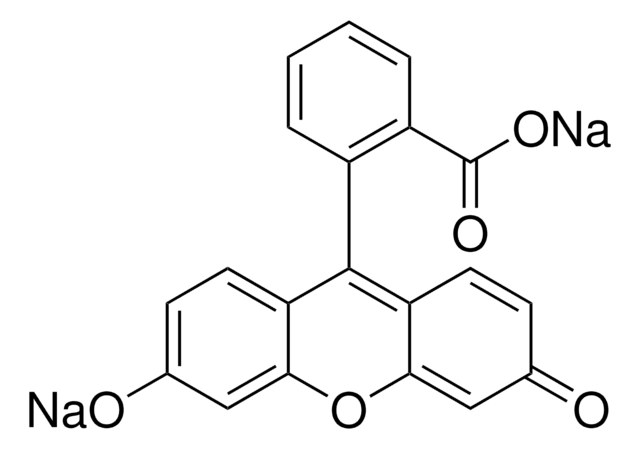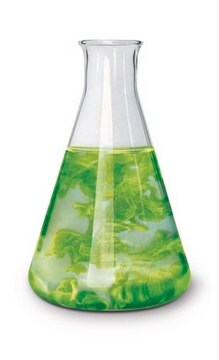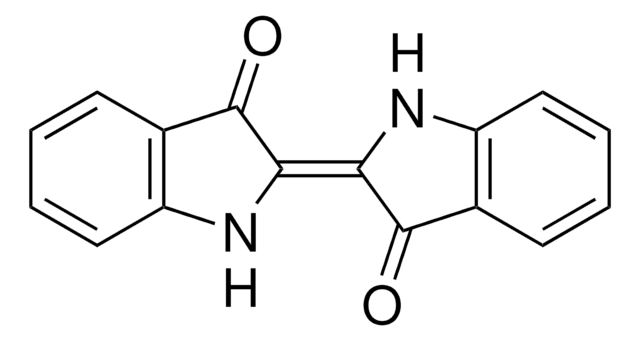30181
Fluorescein sodium salt
analytical standard
Sinónimos:
Acid Yellow 73, D&C;Yellow No. 8, NaFl, NaFluo, Sodium fluorescein, Uranine
About This Item
Productos recomendados
grade
analytical standard
Quality Level
assay
≥97.5% (HPLC)
shelf life
limited shelf life, expiry date on the label
technique(s)
HPLC: suitable
gas chromatography (GC): suitable
impurities
≤15% water
fluorescence
λex 460 nm; λem 515 nm(lit.)
format
neat
SMILES string
[Na+].[Na+].[O-]c1ccc2c(Oc3cc([O-])ccc3C24OC(=O)c5ccccc45)c1
InChI
1S/C20H12O5.2Na/c21-11-5-7-15-17(9-11)24-18-10-12(22)6-8-16(18)20(15)14-4-2-1-3-13(14)19(23)25-20;;/h1-10,21-22H;;/q;2*+1/p-2
InChI key
RGPLGPBQJOQFJS-UHFFFAOYSA-L
¿Está buscando productos similares? Visita Guía de comparación de productos
General description
Application
It may also be used as an analytical reference standard for the quantification of the analyte in the following:
- Soil samples using high-performance liquid chromatography (HPLC).
- Coffee samples using high-performance liquid chromatography (HPLC) and capillary electrophoresis (CZE).
Analysis Note
Storage Class
11 - Combustible Solids
wgk_germany
WGK 1
flash_point_f
423.7 °F - Pensky-Martens closed cup
flash_point_c
217.6 °C - Pensky-Martens closed cup
Elija entre una de las versiones más recientes:
¿Ya tiene este producto?
Encuentre la documentación para los productos que ha comprado recientemente en la Biblioteca de documentos.
Los clientes también vieron
Nuestro equipo de científicos tiene experiencia en todas las áreas de investigación: Ciencias de la vida, Ciencia de los materiales, Síntesis química, Cromatografía, Analítica y muchas otras.
Póngase en contacto con el Servicio técnico





